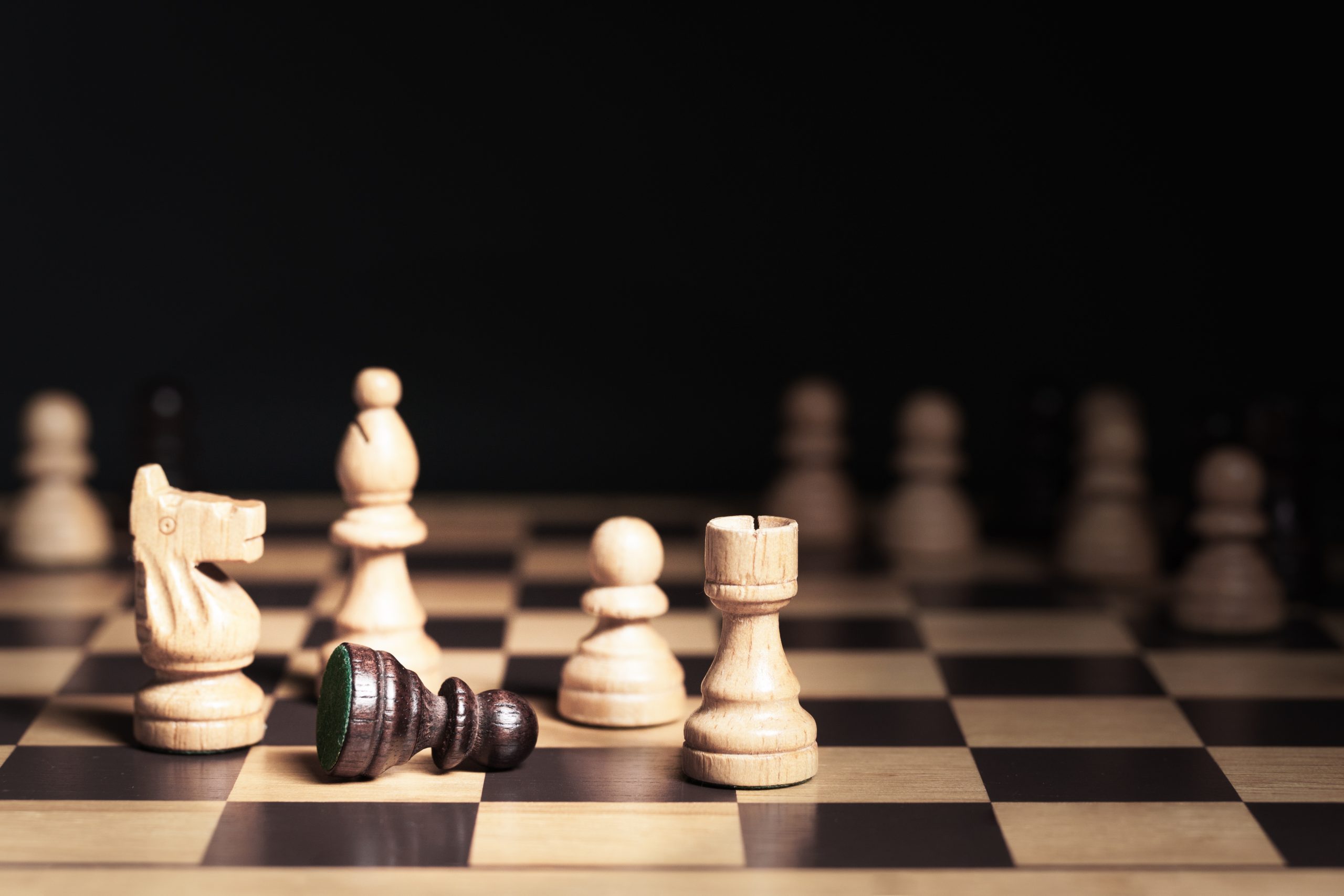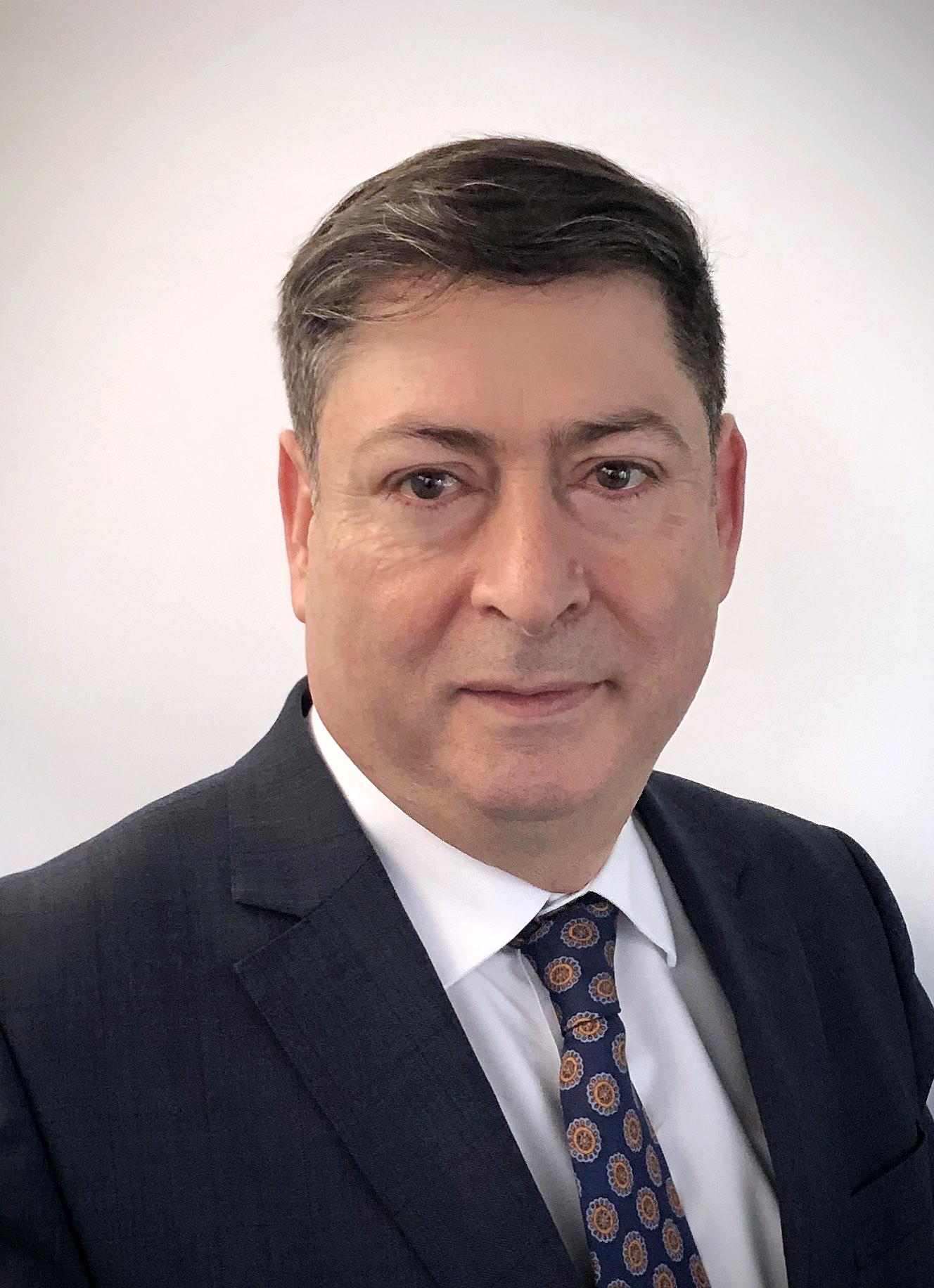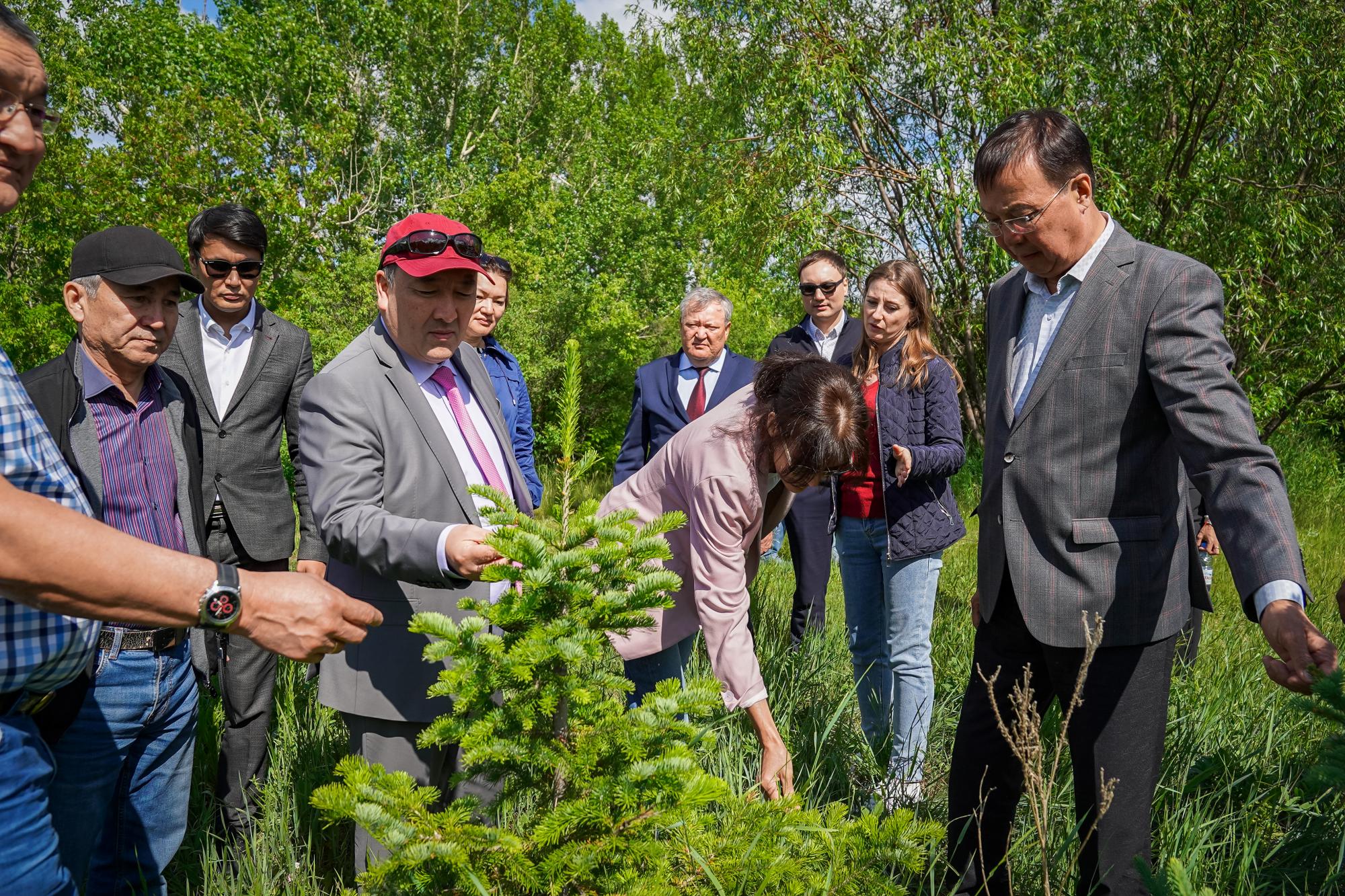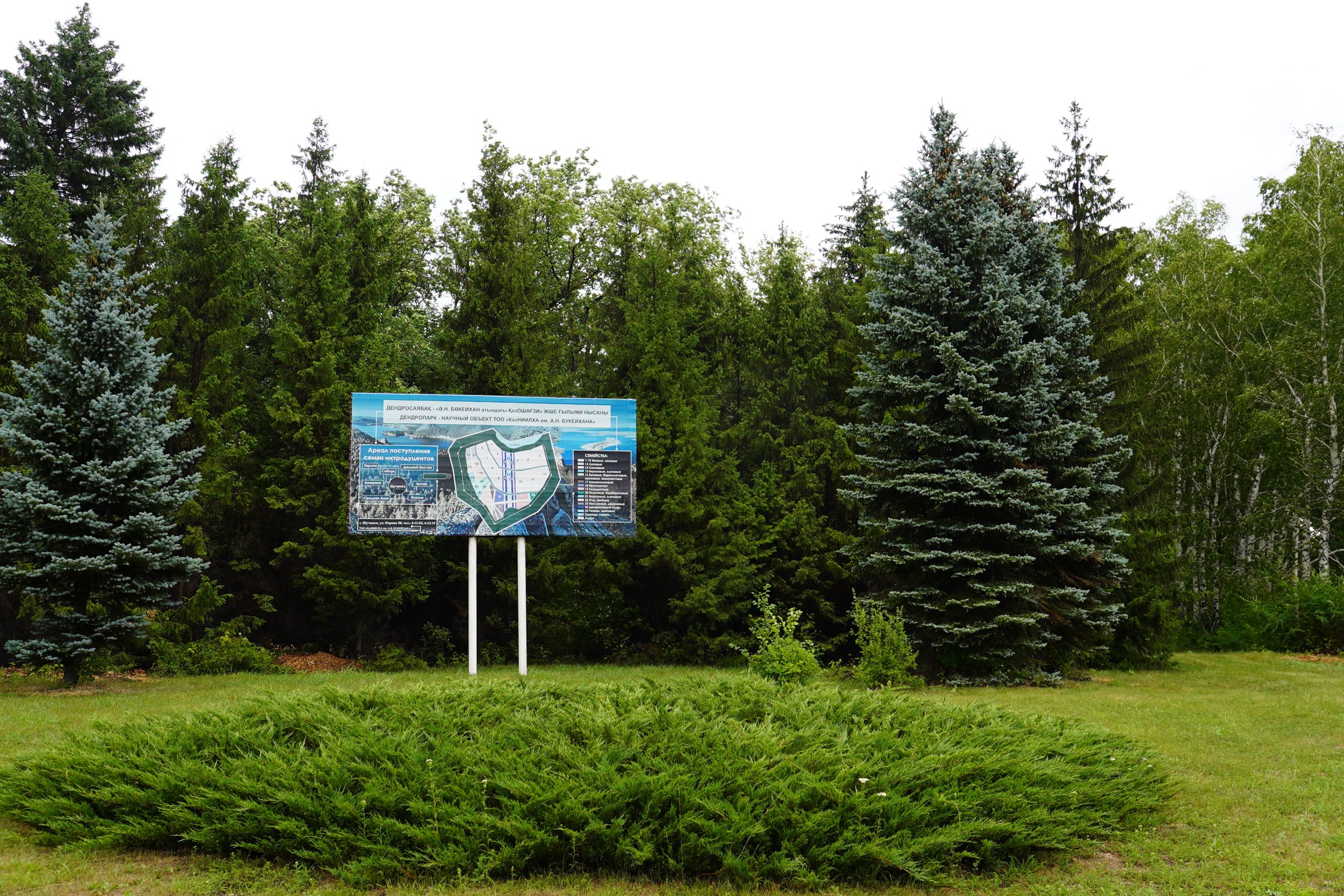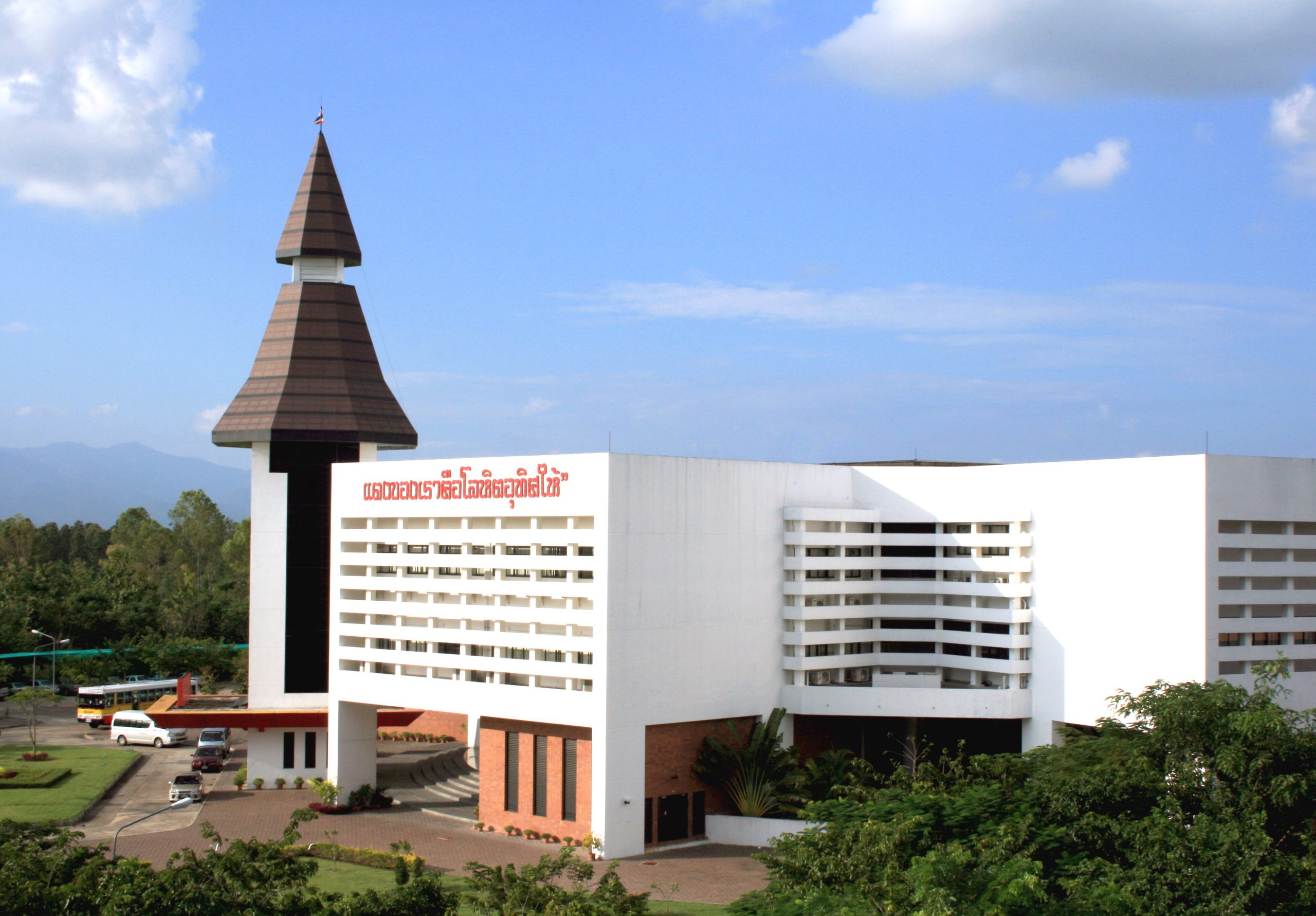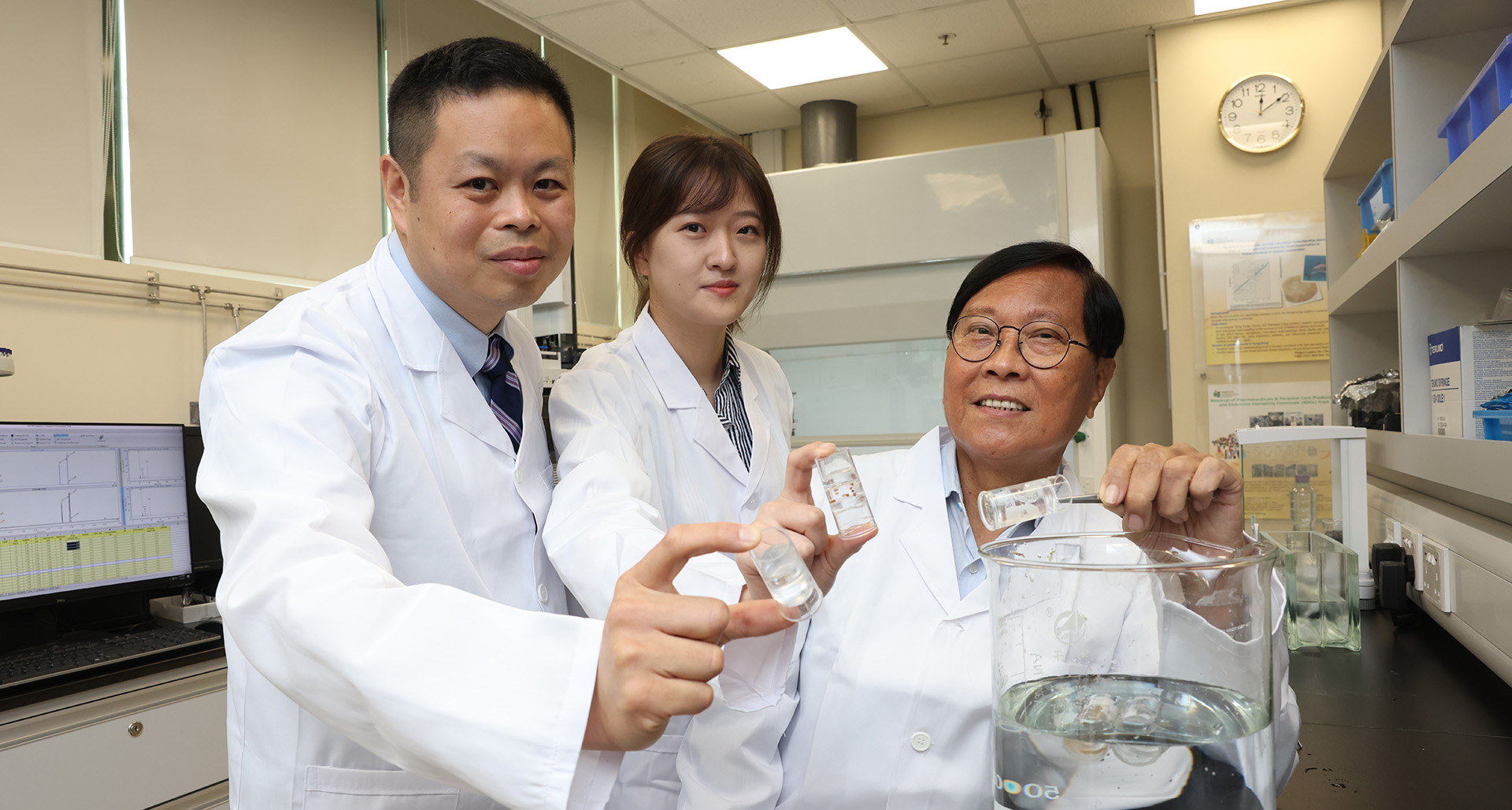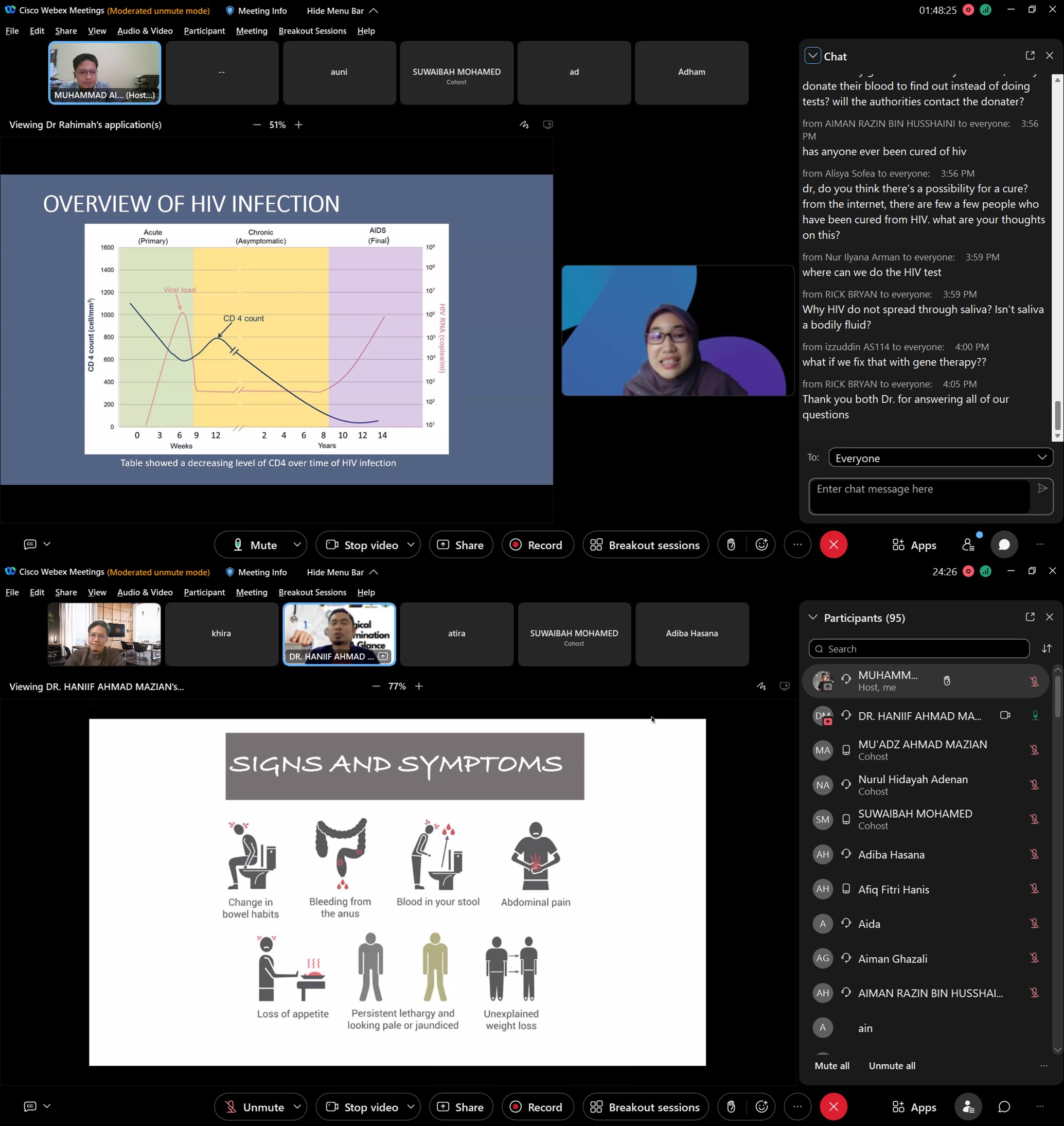Following the Supreme Court’s ruling, US universities must carefully and meaningfully look at alternative approaches to fostering student diversity within their campuses. Seb Murray writes.
The Supreme Court’s recent ruling against the use of race as a factor in college admissions has ignited a heated debate about the future of affirmative action in US universities. The landmark judgement has significant implications for underrepresented minority students and approaches to promoting diversity on US campuses.
In the aftermath of the ruling, schools are wrestling with its consequences, particularly the potential legal ramifications. Consequently, there is a growing urgency to explore race-neutral alternatives that can achieve diversity while preserving fairness in the admissions process.
Nevertheless, the Supreme Court’s decision has unquestionably dealt a blow to affirmative action. “The ruling is going to severely constrain what schools can do to promote diversity in higher education,” says Reginald Oh, a Professor of Law at Cleveland State University.
Proponents of affirmative action argue that considering race is crucial for addressing historical disparities and promoting the societal benefits of higher education. However, the court ruling advocates a colour-blind approach, putting the spotlight on race-neutral alternatives to fostering diversity.
Oh says critics may attempt to challenge these alternative methods, however the burden of proof lies in demonstrating that these policies were implemented with racial discrimination in mind. “That is a very hard thing to do,” he says. “So, while there will be legal challenges, schools are in a strong position to defend against them.”
In the Supreme Court case, Students for Fair Admissions, a non-profit organisation founded conservative legal strategist Edward Blum, challenged the use of race in admissions at the University of North Carolina and Harvard University, claiming it favoured black and Hispanic students over Asian Americans and others. The group aimed to overturn the 2003 Supreme Court decision in Grutter vs Bollinger, which permitted the use of race in admissions to promote diversity.
“Many international students looking at US admissions do find it puzzling that race is a factor that is directly considered in admissions,” explains Jamie Beaton, CEO of Crimson Education, an admissions consulting firm. Affirmative action can indeed make it harder for students from certain backgrounds to gain admission to US colleges, he claims.
Little wonder that affirmative action has long been the topic of heated discussion in US higher education. It aims to create equal opportunities by levelling the playing field for underrepresented communities. However, the practice has now been severely curtailed. Angela Onwuachi-Willig, Dean of Boston University School of Law and expert in Critical Race Theory, says: “The Supreme Court’s decision is a blow to affirmative action.”
Despite the court’s ruling, Onwuachi-Willig contends that racial bias against black and Latinx students will persist. She points out that implicit racial bias influences grade point averages (GPAs) in high schools, undermining the supposed objectivity of university admission criteria. “There are a plethora of ways in which race is invisibly operating in our society and in admissions for those who want to put their blinders on,” Onwuachi-Willig says, cautioning that the court’s decision may contribute to ongoing racial inequality.
The impact of state-level bans on affirmative action, though, is a subject of contention. Peter Hinrichs, an economist at the Federal Reserve Bank of Cleveland who studied this issue, notes that such bans have resulted in decreased enrolment of underrepresented minority students at highly-selective public universities. However, he also observes that these students still attend college elsewhere. “State-level affirmative action bans don’t have a measurable effect on overall college attendance rates,” states Hinrichs.
Susan Brown, a sociology professor at the University of California, Irvine, delved into the consequences of the 1998 ban on affirmative action in Washington State. Her research revealed that while underrepresented minority enrolments experienced a temporary decline, they rebounded within a couple of years. She attributes more of the initial decline to reduced applications rather than actual admissions. “Many students view affirmative action as a welcome mat,” says Brown. “It’s easy to overlook how daunting college is.”
In response to the state-level bans, colleges have adopted various strategies. Some have implemented targeted scholarship programmes or increased outreach efforts to high schools, particularly those with significant minority populations. States like California, Florida and Texas have also introduced “percentage plans”, automatically admitting high school students near the top of their class to public universities. The idea is to improve access in racially segregated areas.
Following the Supreme Court’s ruling, US universities will be actively exploring alternative approaches to fostering student diversity, say experts. The options include using proxies for race, such as socioeconomic background, as well as eliminating standardised testing, which has taken flak for allegedly benefiting wealthier students who have tutors, and expanding outreach programs to engage students from underrepresented communities.
The ruling leaves room for universities to consider how an applicant’s race may have affected their life through discrimination, inspiration or some other means. “To achieve diversity in a post-affirmative action world, colleges will have to seek out race-neutral means, particularly socioeconomic status and a range of subjective traits like grit or determination,” says Adam Nguyen, founder and CEO of admissions agency Ivy Link.
As universities strive to attain diversity using race-neutral approaches, applicants are urged to delve into the nuances of their identity, inspirations, challenges and life experiences. “There’s no doubt that the recent decision striking down affirmative action will place more emphasis on an applicant’s personal story,” says admissions consultant Stacy Blackman, who has witnessed a surge in inquiries from business-school applicants about the Supreme Court’s ruling.
She advocates for a holistic evaluation of candidates, stressing: “There has never been just one single application bucket, such as race alone, that is a dealmaker.”
Universities will ultimately need to strike a balance between fostering diversity and ensuring fairness in the admissions process. As Beaton at Crimson Education says: “Advocates of affirmative action argue that the net benefit of considering race to society in the spirit of helping disadvantaged groups is worth it, but many disagree. The reality is that these US institutions are some of the ultimate global springboards of opportunity, and figuring out how to apportion this special resource is a challenging debate.”
Nevertheless, Raj Patil, CEO of Admissionado, is confident that universities will persevere in their pursuit of diversity. “Students by and large see diversity as a feature of an enriching educational experience,” he says. “So in order to deliver this opportunity to their consumers, colleges are heavily incentivised to develop any and all alternative means to help achieve diversity to remain desirable.”
This article was from the QS Insights Magazine, Issue 6. Read the full edition.




